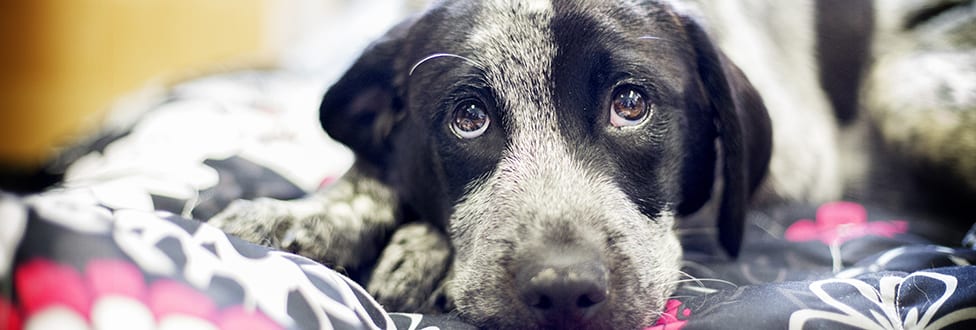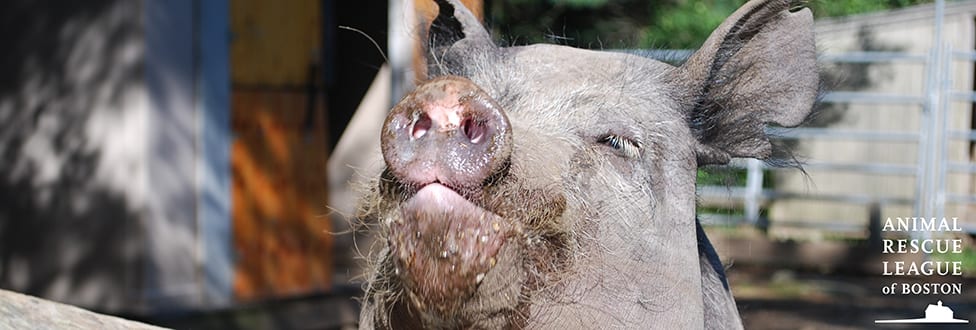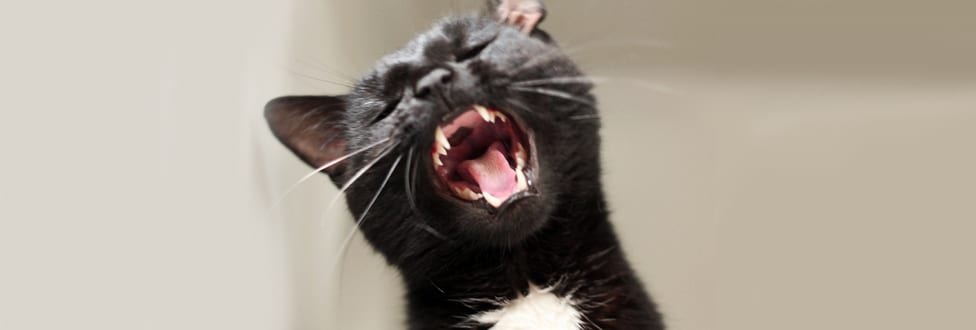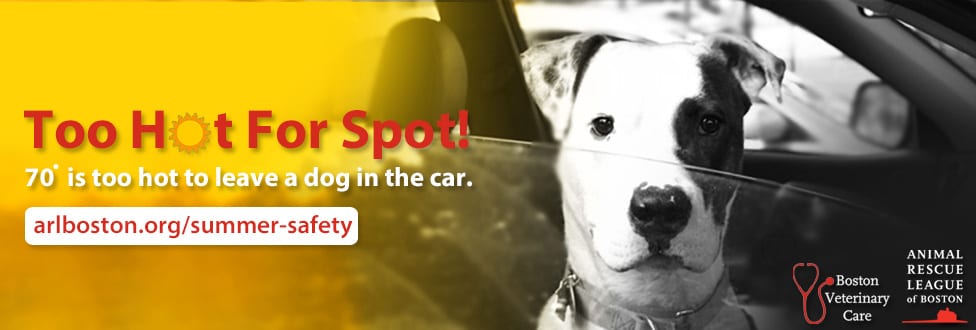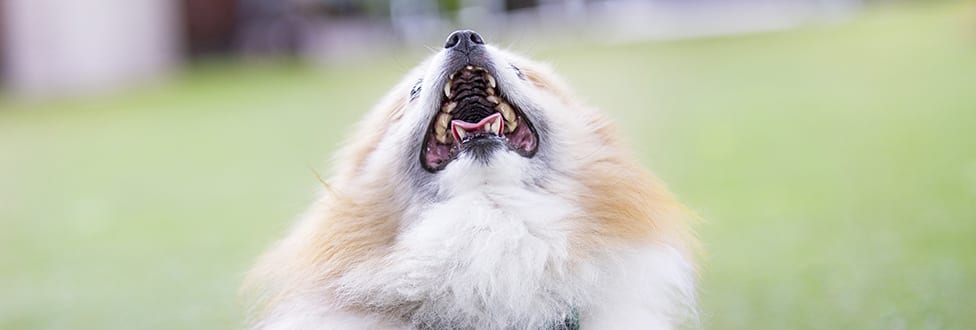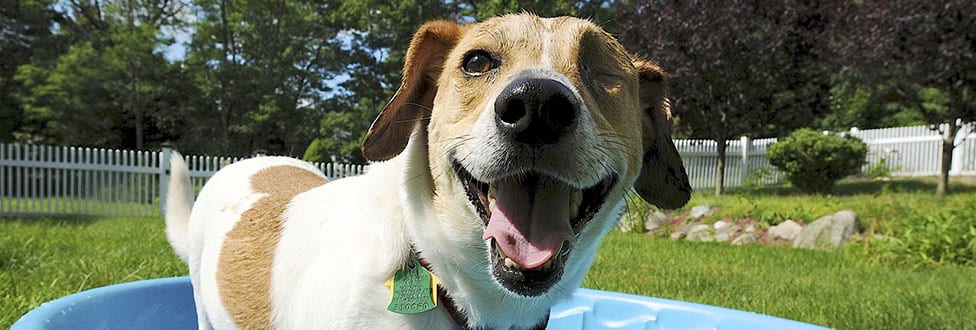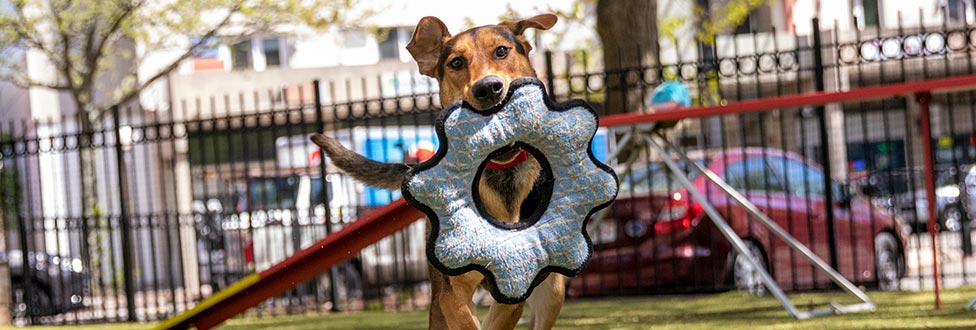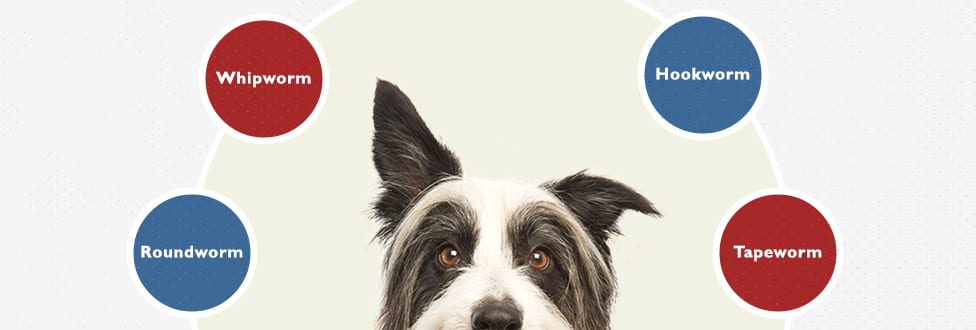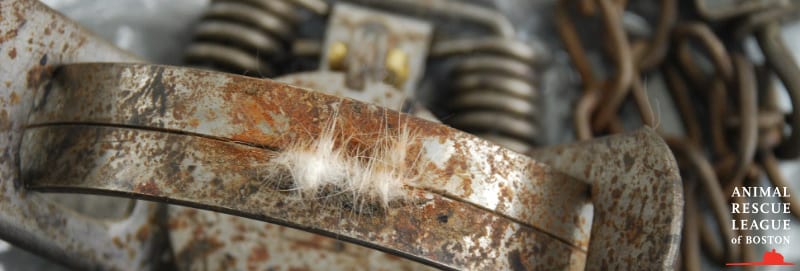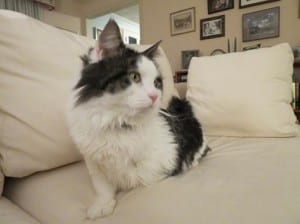Pet Thunderstorm Safety
5 tips to comfort your pet during a storm (Hint: you’ll both rest easier!)
After a marathon of sizzling summer days (did someone say, “It’s Too Hot for Spot®”?), many New Englanders welcome the threat of a thunderstorm to cool the temperature down and reduce humidity in the air.
While a thunderstorm is an effective way for Mother Nature to give us some relief from the heat, it can also, unfortunately, be a huge source of stress for our pets.
According to the National Severe Storms Laboratory, there are about 100,000 thunderstorms in the United States each year. If you have a dog that suffers from astraphobia, a fancy word for “fear of thunder”, that can mean many moments of heightened anxiety for them- and some sleepless nights for you!
Common signs of astraphobia in canines include hiding, excessive whining, intense barking, frantic pacing, scratching at surfaces, or destructive chewing. For some pets, flashes of lightning, the howling of wind, drops of rain hitting the roof, or simply the change in air pressure can cause fearfulness.
If a loud boom sends your pet diving under the covers, try these 5 tips to help give your pet some much-needed comfort during a thunderstorm:
-
- Set up a safe space. Hiding is a natural instinct for pets that are fearful, so be sure to make a safe indoor area accessible to them. Many dogs consider their crate to be their “go to” hideout when their nerves kick in. Ramp-up the comfort factor by covering a wire crate with a thin sheet and placing a blanket and a couple of chew toys inside. Leave the door open so Fido doesn’t feel trapped.
- Cozy up with your pet. Just having you in the same room will make your pet feel safer during a storm. If your pet enjoys snuggling or being petted, stick around for some quality time. Alternatively, placing an anxiety or “thunder vest” on some of our furry friends can be equally as comforting.
- Distract your pet. Try to engage your pet in their favorite game or toy to help keep their mind off the storm. If your pet remains calm, give them positive reinforcement by rewarding them with treats for their bravery during the storm.
- Pull down the blinds. Confine your pet to a windowless room, if possible. If not, pull down the blinds and close the curtains to cut off any visual stressors.
- Turn on some tunes. Play calming music or turn on the TV to minimize the sound of thunder from your pet’s sensitive ears.
Should I try giving my pet anti-anxiety medications or natural supplements? If your pet shows signs of extreme stress, always consult with their veterinarian before administering any type of medication or oral supplements to make sure that the ingredients are suitable for your pet!
IT’S TOO HOT FOR SPOT®! Click here for more summer pet safety advice.

